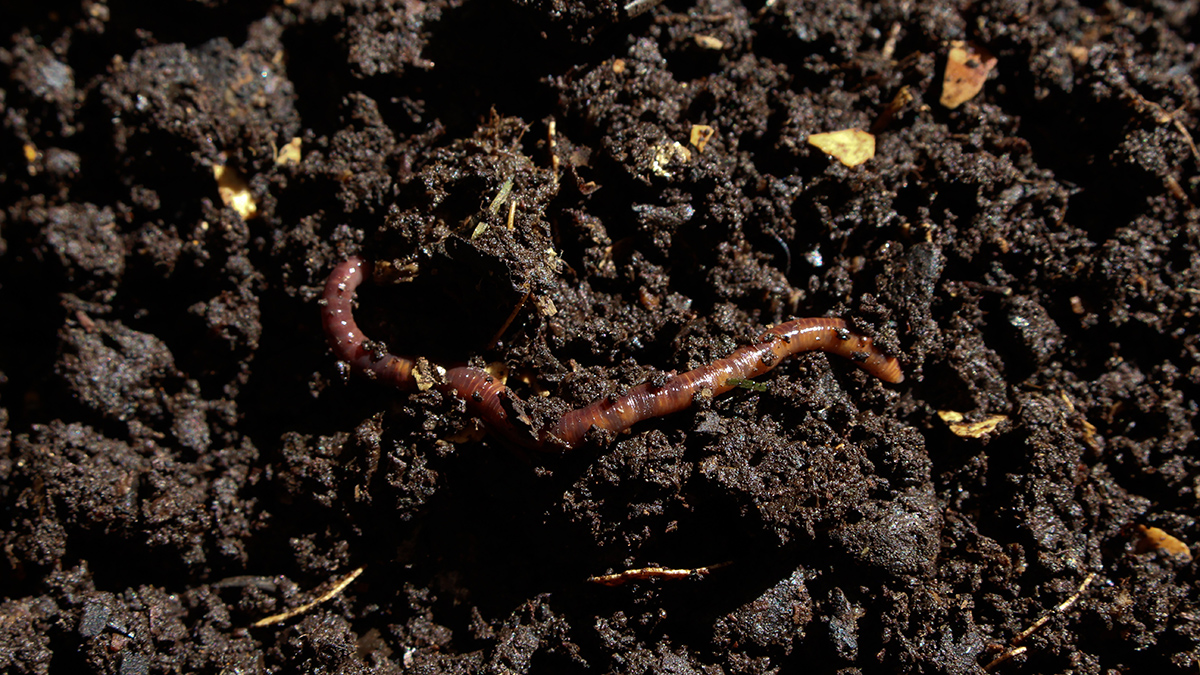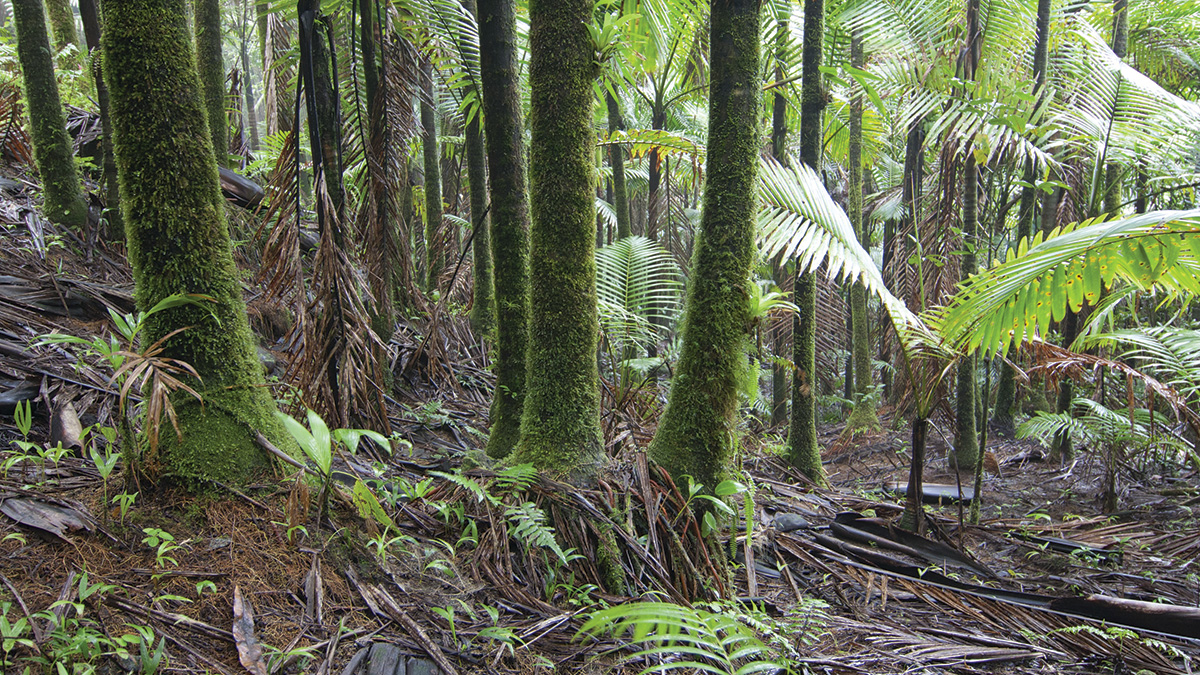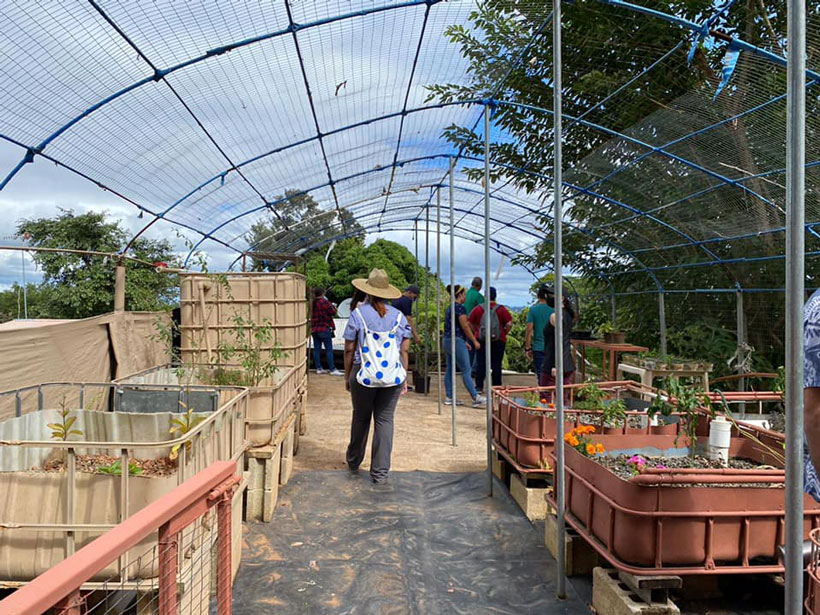New research in mineral weathering shows that earthworms may be an important contributor to Earth’s weathering cycle.
Puerto Rico
Carbon Dating Reveals the Timing of Puerto Rican Cave Art
New dates from cave art pigment add to evidence that Indigenous Puerto Ricans inhabited the island for millennia.
How Much Greenhouse Gas Do Tropical Soils Emit?
New research found that tropical soils emit nitrogen mostly as inert dinitrogen rather than as greenhouse gases.
Edgard Rivera-Valentín: Boricua Planeteer
Inspired by the science infrastructure in their own backyard.
Extreme Lithium Isotope Fractionations During Intense Weathering
Extreme lithium fractionation is observed when primary minerals in andesite are transformed to secondary clay minerals and then to oxides with intensive chemical weathering in a tropical climate.
Puerto Rico Adapts to a Changing, Challenging Environment
The Caribbean is ground zero for some of the biggest impacts of climate change today. Puerto Ricans are building innovative initiatives to protect and prepare their communities for what’s next.
Devastation of Hurricane Maria to Puerto Rican Landscape
The destructive winds and rain of Hurricane Maria in 2017 caused a dramatic transformation to Puerto Rico’s landscape and altered the characteristics of land-air interaction.
Hurricane Maria Killed Mangroves Months After Storm
An overgrown channel between a lagoon and the ocean on the Puerto Rican island of Vieques created a backup of freshwater, disrupting the delicate balance of salinity in coastal mangrove forests.
Linking Hydrology and Biogeochemistry in a Tropical Urban Estuary
Low-lying coastal estuaries are intertwined with tropical cities around the world. Yet little is known about these water bodies, which affect millions of people globally.
Enjambre de Terremotos Inusuales Golpean a Puerto Rico
Puerto Rico no había visto tantos sismos fuertes en una sola secuencia desde que comenzó el monitoreo sísmico hace 46 años. El último terremoto que dañó la isla gravemente ocurrió en 1918.










